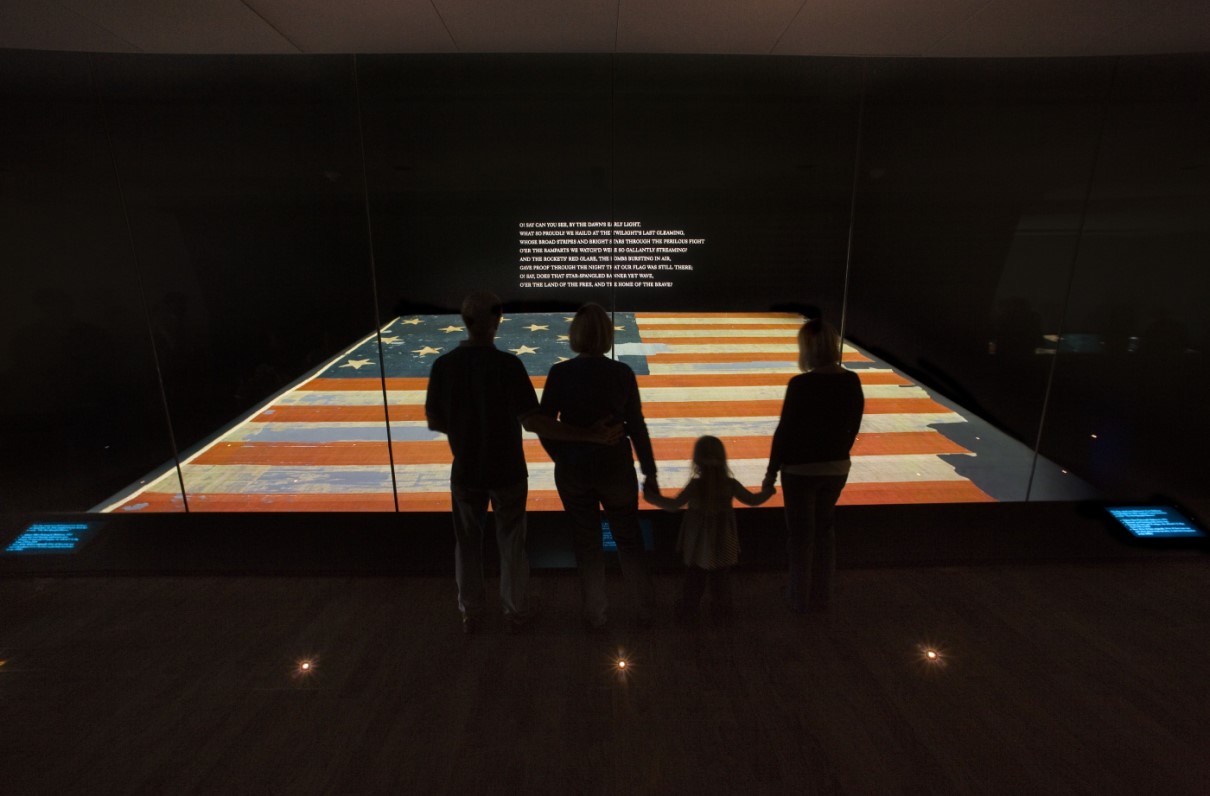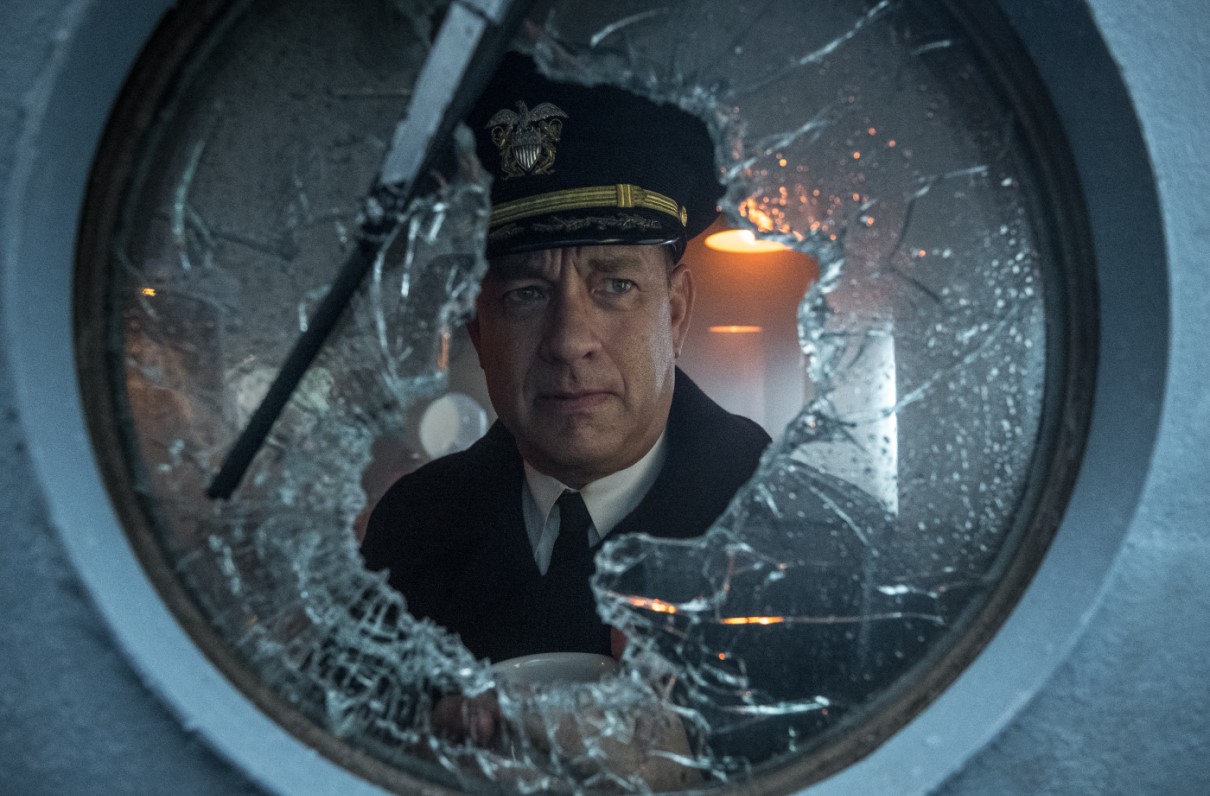A version of this article originally appeared in the April 2020 issue of Military Officer, a magazine available to all MOAA Premium and Life members. Learn more about the magazine here; learn more about joining MOAA here.
During public historian Brent Glass’ tenure as director (2002-2011) of the National Museum of American History (NMAH) in Washington, D.C., he oversaw a major renovation, which included a painstaking restoration of the Star-Spangled Banner as well as an overhaul of the museum’s military wing: “The Price of Freedom: Americans at War.”
This extensive exhibit incorporates artifacts from the French and Indian War all the way to the War on Terror, and it emphasizes the power of storytelling through popular mediums from colonial-era puppets to World War II posters and newsreels to contemporary interviews.
Glass, now a museum management consultant, took Military Officer on a stroll through U.S. military history, beginning with the Gunboat Philadelphia and ending with a mine-clearing Packbot robot used in Afghanistan.
Q. When does an object become an artifact?
A. When an object ceases to have its original function and it becomes useful for storytelling or commemoration or has an aesthetic appeal beyond its original intent — like the Star-Spangled Banner — then I think it becomes an artifact worth preserving.
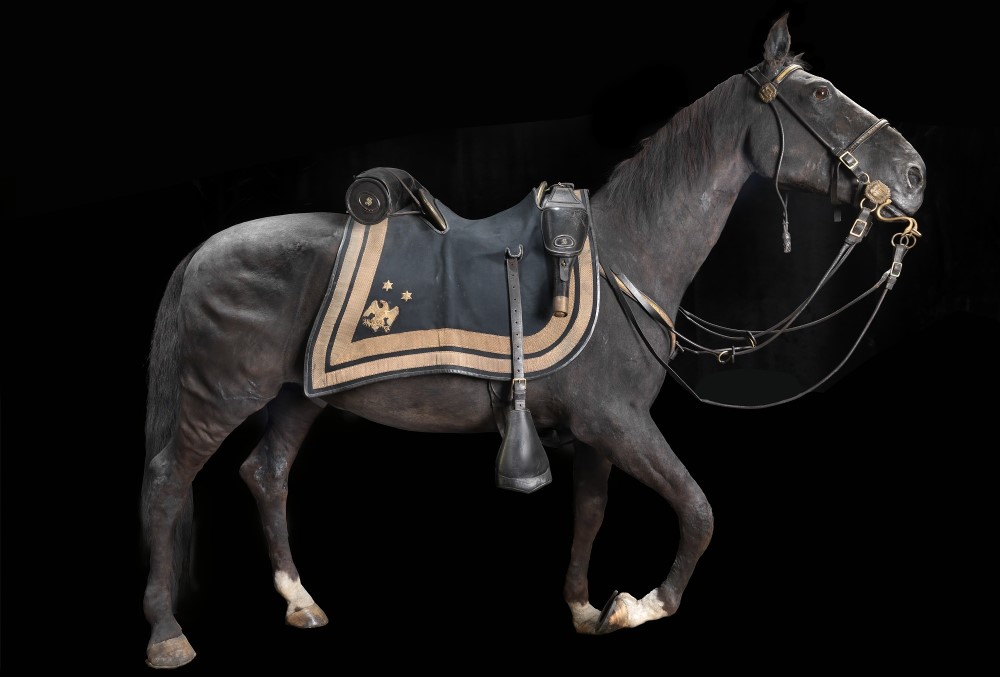
“This is one of the great artifacts—this is the General [Philip] Sheridan’s horse, Winchester,” said Brent Glass. “[Sheridan’s] family kept the horse and had it taxidermied, and they gave the horse to the Smithsonian in the 1920s.” (Photo courtesy of the National Museum of American History)
Q. When did it become such a trend for museums to be more interactive?
A. The influence of Disney and theme parks raised the bar, so museums have become more conscious of [entertaining]. Video games introduced more interactivity. By the early 1990s, museums realized we couldn’t just put objects behind glass and put a label up and hold someone’s attention.
Q. How have the ways people learn about war changed?
A. One of the narratives running through this [exhibit] is how people learned about war through different technologies. So during the Revolutionary War period, you have gazettes and public theater, where people would find out about issues through theatrical performance. Today, we learn about war through television and social media.
Q. What goes into maintaining everything in the museum?
A. Controlled lighting, humidity control, trying to keep humidity around 50 percent, [keeping] the temperature close to 70 degrees … those are the industry standards. Security obviously is important; museums have had major objects taken in broad daylight. We have conservators who monitor the condition [of objects]. When something like [George Washington’s military uniform] is on display, gravity is pulling it down — it wasn’t necessarily designed to last 200 years.
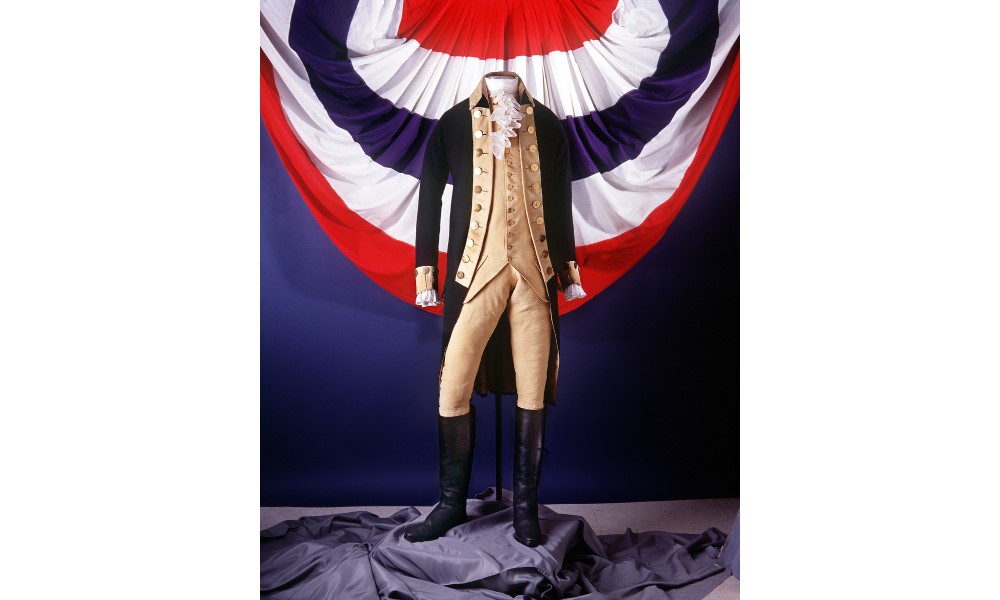
“It’s funny people often walk by this display case — it’s George Washington’s military uniform, and it was given to us by his family,” said Brent Glass. “So it’s pretty rare.” (Photo courtesy of the National Museum of American History)
Q. How has this exhibit held up over the years?
A. It’s about 15 years old, and it’s held up physically and from the point of view of scholarship as well. This hall is a combination of two or three galleries. [Before it opened,] there wasn’t a single place where there was a timeline or narrative or survey of military history. This was a big breakthrough when [it] opened, and we’re really proud of how durable it is.
Q. How does the Smithsonian get its donations?
A. Mostly, we are given things. There are private collections, especially [objects from the] Civil War or any major conflict, that include uniforms, guns, or medals that people are eventually ready to give up but not throw out. If we have more guns from a certain period than we can properly care for, we refer them to another museum. We rarely buy anything. We would buy something like [the remnants of the Star-Spangled Banner] at auction.
In the 1880s, the Arts and Industries building, which is now largely vacant, was the first place built for the Smithsonian to display artifacts. That was the time veterans and families from the Civil War generation were starting to die off, and people realized they wanted to commemorate the war and monuments were going up on the battlefield. So we see museum collections being assembled as early as the 1880s.
At that time, the Smithsonian’s biggest emphasis was natural history. Gradually, historic collections and art collections became part of the Smithsonian, but it has always been primarily a scientific institution. Even [many] military collections were assembled to show the technology of war — how guns operated, how uniforms were made, the process behind the collection — rather than the artifact itself.
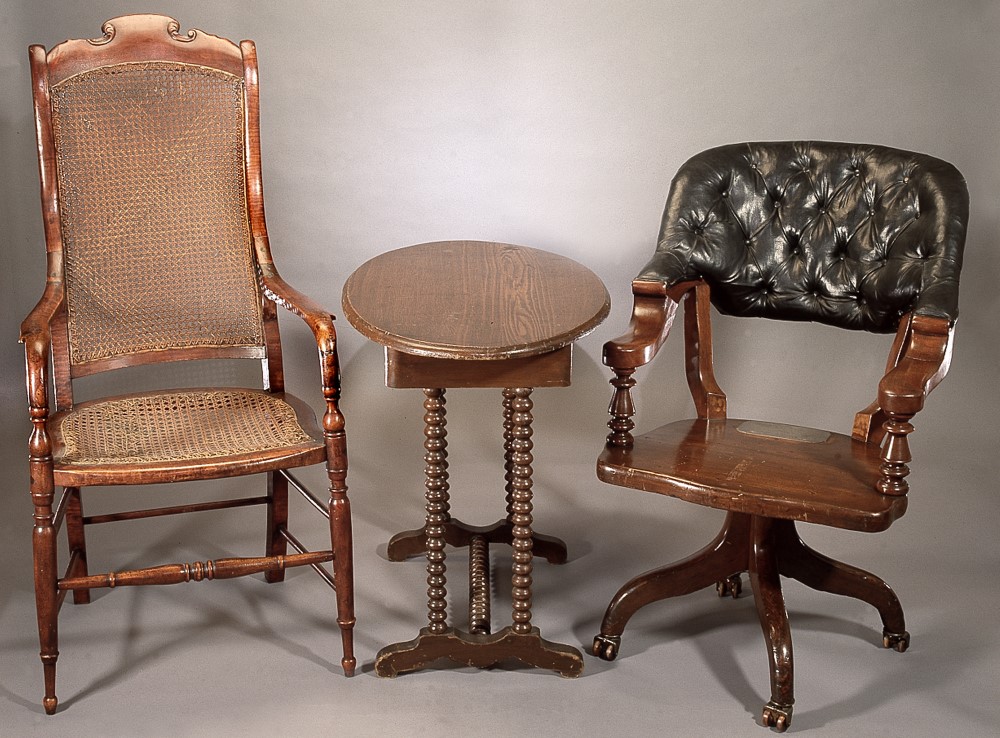
Chairs and table used during the surrender at Appomattox. “They didn’t come to the Smithsonian as a single collections at the same time; I think one of these chairs came from the family of George Custer.” (Photo courtesy of the National Museum of American History)
Q. How did you decide whose perspectives to include in this exhibit?
A. We wanted to make sure we were objective, reflecting the best scholarship — not being celebratory, but at the same time, not being overly critical — and letting the participants [in history] speak for themselves.
Instead of saying if it was right to drop the atomic bomb, we used quotes from participants in sections called “My Views.” We gave Truman’s explanation, a soldier’s explanation, [and] the Japanese emperor and victim’s explanation, and without judging whether it was right or wrong, we say, “Here’s the decision and why it was made,” and let the visitor decide. We try not to intervene between you and the story and give you as much of the facts as we can in a short presentation. Hopefully you’re inspired enough to go ahead and find out on your own.
Q. Do you have a favorite object in here?
A. I think the Appomattox furniture is pretty cool.
